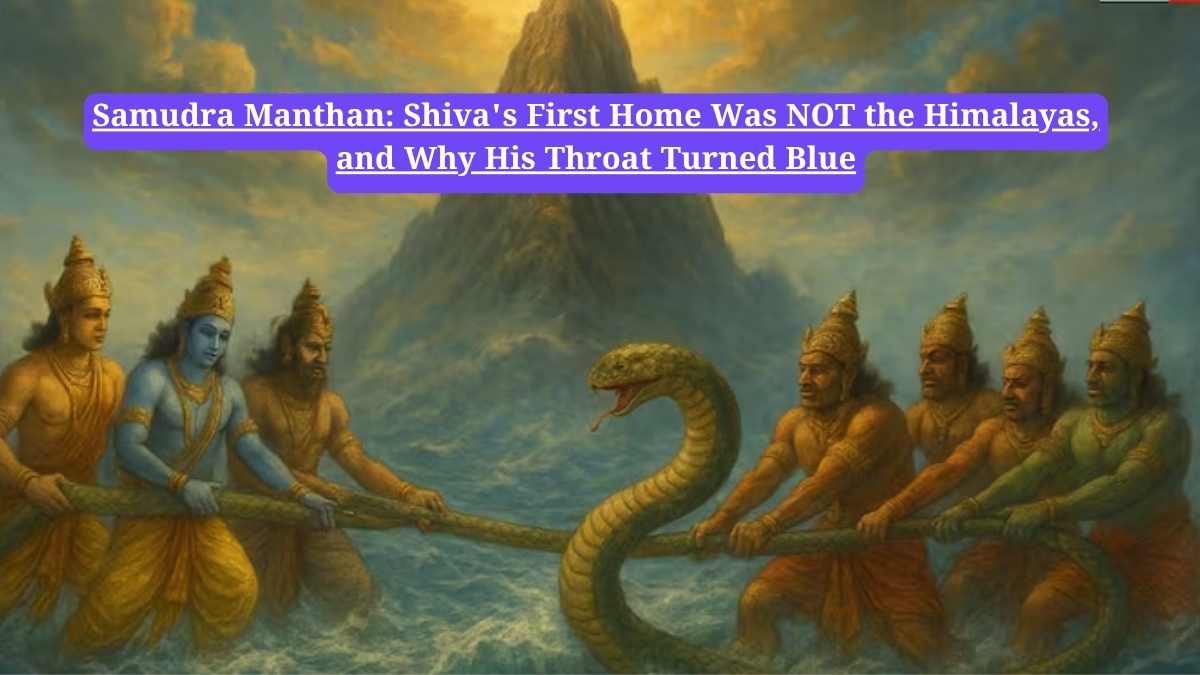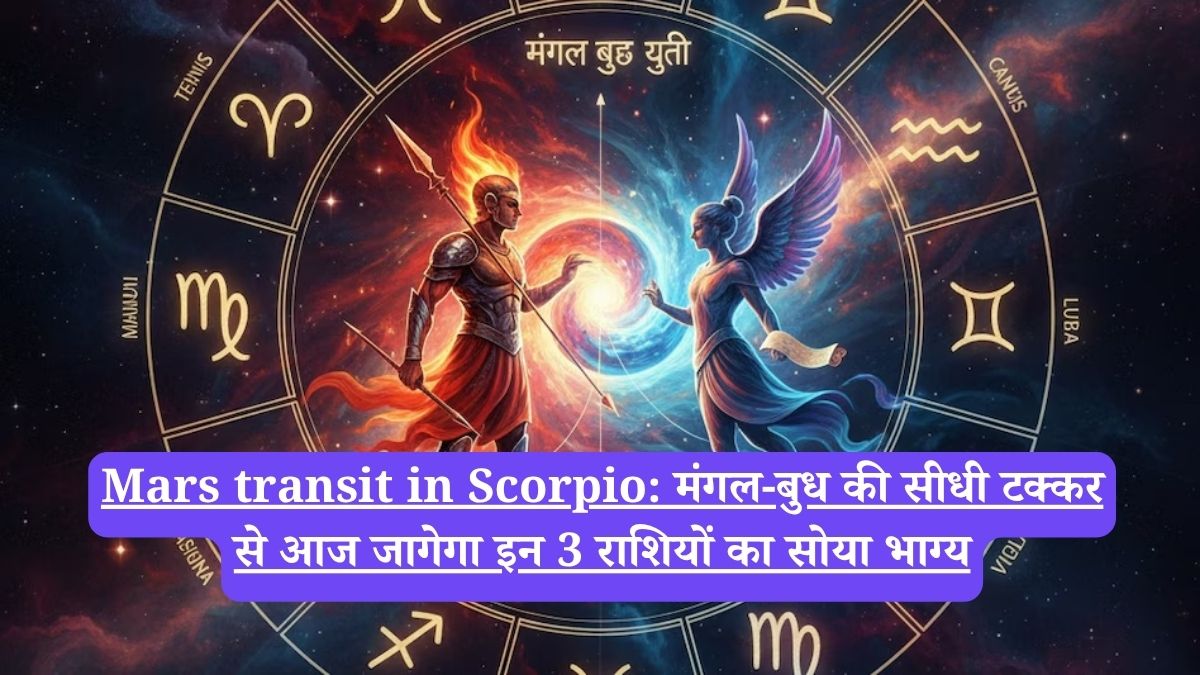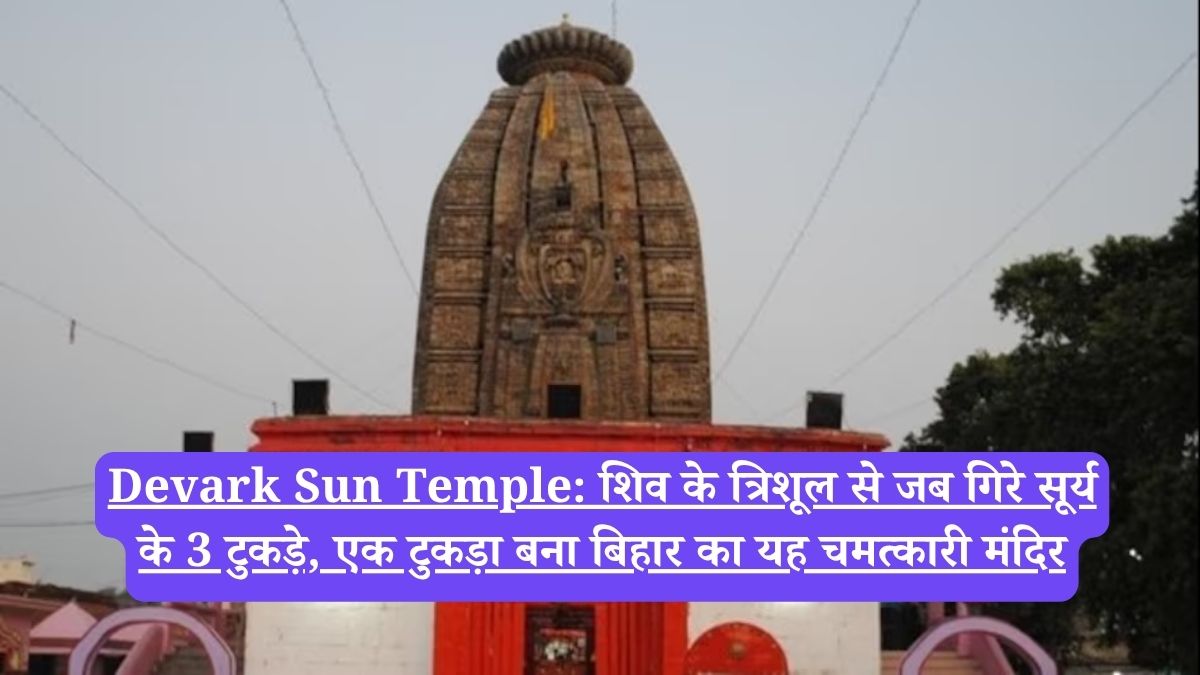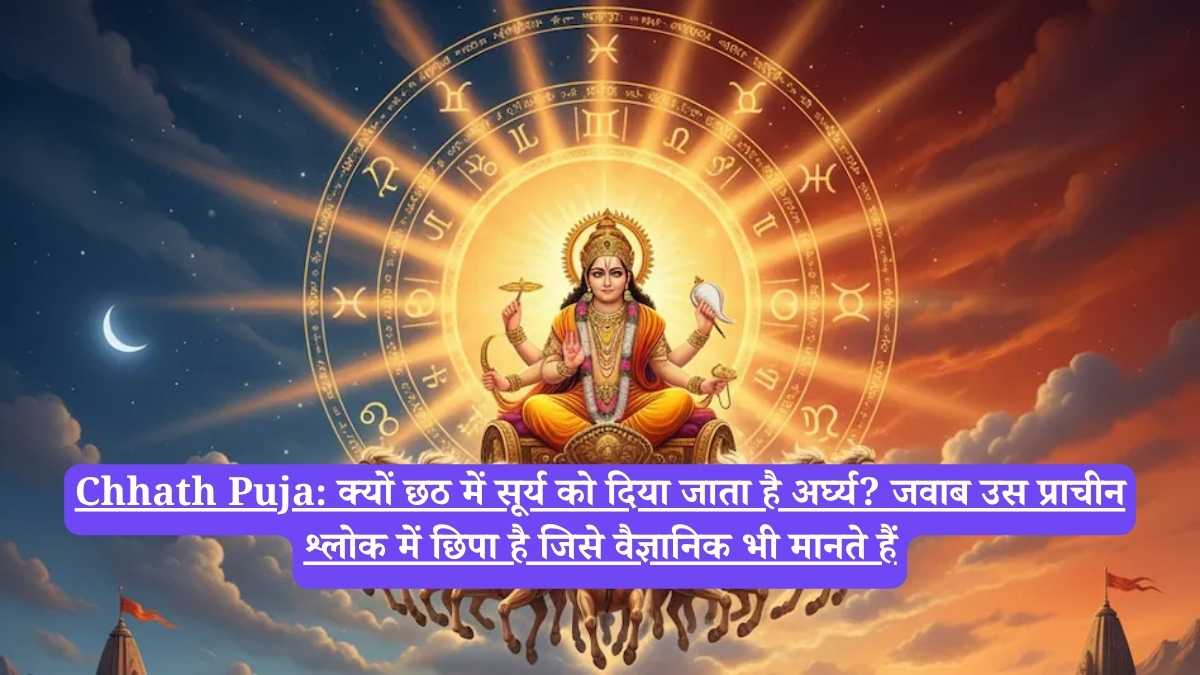Join WhatsApp
Join NowSamudra Manthan: In the timeless annals of Hindu mythology, there exists a tale of cosmic proportions, a story of ambition, sacrifice, and the eternal struggle between good and evil: the Samudra Manthan, or the Great Churning of the Ocean. It is a legend that not only explains the origin of the nectar of immortality but also reveals the profound sacrifice of Lord Shiva and the sacred geography of a mountain older than the Himalayas.
The story begins at a time when the universe was in turmoil. The formidable demon king, Daityaraj Bali, had seized control over all three realms—heaven, earth, and the netherworld. The Devas (Gods), stripped of their power and luster, found themselves helpless and filled with fear. In their desperation, they turned to the supreme preserver, Lord Vishnu, who offered a strategic and unprecedented solution: form a temporary alliance with their mortal enemies, the Asuras (Demons), and churn the celestial Ocean of Milk (Kshir Sagar) together. The prize? Amrit, the divine nectar of eternal life.
The Great Churning and its Forbidden Treasures
Driven by the promise of immortality, the Gods and Demons set aside their animosity. The colossal Mandar Parvat (Mount Mandara) was uprooted to serve as the cosmic churning rod, and the mighty serpent king, Vasuki Nag, offered his body to be the rope. The Devas held Vasuki’s tail, while the Asuras gripped his head, and thus, the monumental task began.
As the ocean churned, it began to yield a series of fourteen divine treasures, known as the 14 Ratnas. These were not ordinary jewels but cosmic wonders that included:
-
Goddess Lakshmi, the embodiment of wealth and fortune.
-
Kamadhenu, the wish-fulfilling divine cow.
-
Airavata, the majestic white elephant.
-
The Moon (Chandra), which Lord Shiva adorned on his head.
-
The divine Shankha (conch shell).
-
And finally, the coveted pot of Amrit.
The Cosmic Crisis: The Halahala Poison
But before the nectar, the ocean unleashed its darkest secret: Halahala, a cataclysmic poison so virulent that its fumes alone threatened to annihilate all of creation. The Gods and Demons recoiled in terror. The universe stood on the brink of destruction, and there was only one being who possessed the power to intervene.
In a moment of ultimate compassion, Lord Shiva appeared. To save all existence, he gathered the deadly poison into his palm and drank it. However, he did not allow it to pass his throat. He held the potent venom in his neck, which, under its intense power, turned a brilliant, deep blue. From that day forward, Lord Shiva came to be known as Neelkanth, “The One with the Blue Throat.”
This cosmic event, according to ancient scriptures, took place in the holy month of Shravan. To soothe the burning effect of the poison and offer gratitude for his sacrifice, the Devas began to pour cool, holy water on Lord Shiva. This act gave birth to the sacred tradition of Jalabhishek, the ritual of offering water to Shiva Lingams, which is observed with immense devotion by millions during the month of Shravan even today.
The Sacred Mountain: Lord Shiva’s TRUE First Home?
The legend of the Samudra Manthan is deeply connected to its earthly pivot point, the Mandar Parvat. According to the Puranas, this region is known as the “Trilinga Pradesh”—a land of three sacred lingams: the first being Mandar, the second Baba Baidyanath, and the third Basukinath, making the area spiritually charged.
On the peak of Mandar Parvat stands a Vishnu temple alongside a Jain temple, with a Kashi Vishwanath temple at its base. But the most staggering claim about this mountain is that it was Lord Shiva’s original abode, a residence that predates even the Himalayas. Legend holds that it was Dhanvantari’s grandson, Devdas, who eventually persuaded Lord Shiva to relocate and establish his divine presence in Kashi (Varanasi).
This ancient mountain is not just a relic of mythology; it is a testament to a time when Gods walked the earth, a silent witness to the universe’s most dramatic event, and the sacred, forgotten first home of the Supreme Being himself.


















